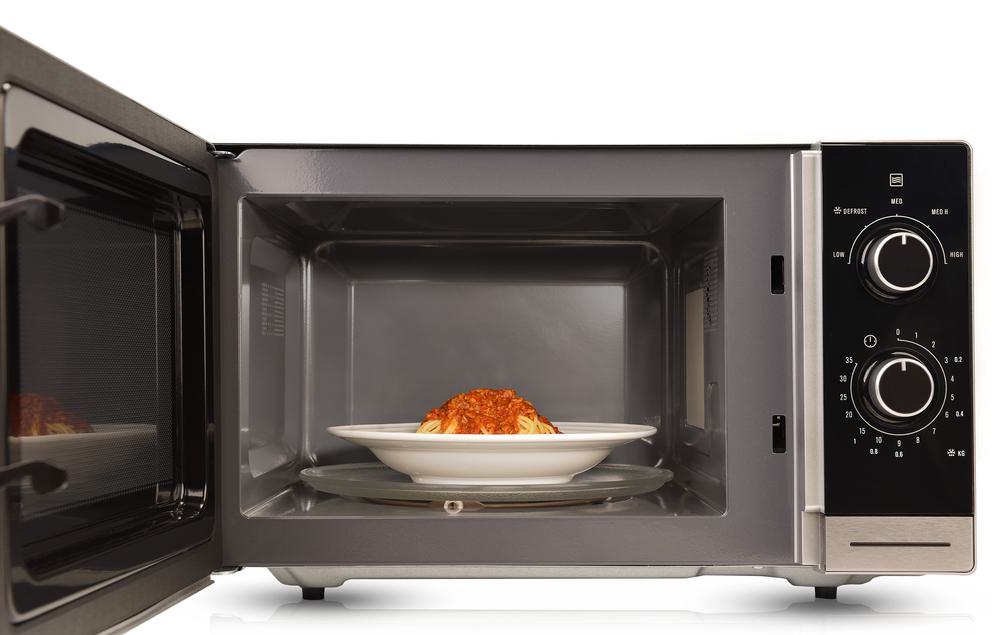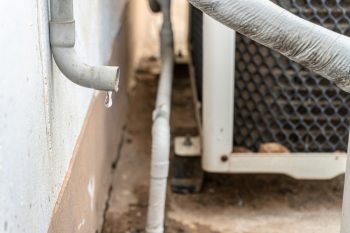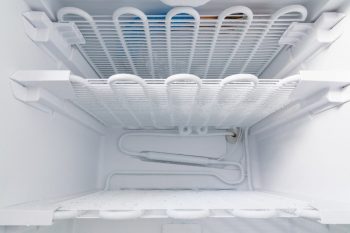
In today’s modern home, the microwave is a common appliance that many of us rely on for quick and convenient cooking. But did you know that your microwave has a filter that needs regular maintenance? This filter plays a crucial role in maintaining the efficiency of your microwave and the quality of air in your kitchen. In this comprehensive guide, we’ll walk you through how to change a microwave filter, why it’s important, and the signs indicating it’s time for a change.
Changing a microwave filter involves the following steps: First, disconnect the microwave’s power. Next, open the vent panel to access the filters. Remove the old filter by pushing it inward and sliding it out of the housing slot. Depending on the condition of the filter, either clean it with dish soap and a brush or replace it with a new one. Finally, reassemble the vent panel and reconnect the microwave’s power. Always consult your microwave’s owner’s manual for specific instructions.
What is a Microwave Filter?
Your microwave filter is a key component that ensures your appliance operates efficiently. There are two main types of filters in over-the-range microwaves – grease filters and charcoal filters.
Grease filters are typically made of metal and are designed to trap grease and other debris. Charcoal filters, on the other hand, help absorb unwanted odors while you cook. Regular maintenance of these filters helps keep your kitchen air clean and ensures the proper functioning of your microwave.
Importance of Changing the Microwave Filter Regularly
Changing your microwave filter regularly has several benefits:
- Maintaining air quality: The grease and charcoal filters trap grease, debris, and odors, helping to keep the air in your kitchen clean.
- Preventing grease buildup: The grease filter prevents grease and other debris from entering the vent system of your microwave, leading to grease buildup and potential fire hazards.
- Reducing odors: The charcoal filter absorbs unwanted odors while you cook, preventing lingering food smells in your kitchen.
- Maintaining appliance efficiency: Regular filter maintenance ensures that the exhaust fan and other components of the microwave work optimally.
To maintain your microwave’s performance and air quality in your kitchen, it is recommended to clean the grease filter at least every three months and replace the charcoal filter every six months or when you start to notice lingering food smells.
Signs It’s Time to Change the Microwave Filter
There are several signs indicating that it’s time to change your microwave filter:
- Time since last replacement: Charcoal filters should be replaced every 6 to 12 months, depending on usage. Grease filters should be cleaned monthly and replaced if damaged or worn out.
- Odors: If your kitchen smells like yesterday’s dinner or has lingering odors after cooking, it might be time to replace the charcoal filter.
- Visual inspection: If the filter is covered in dust, dirt, and grease, it’s time to change it.
- Reduced efficiency: If your over-the-range microwave seems to be running less efficiently or emitting smells, it might be time to replace the charcoal filter.
How to Change a Microwave Filter
Changing a microwave filter is a simple process that requires no special tools in most cases. Here’s a step-by-step guide on how to do it:
- Disconnect the microwave’s power: Unplug your microwave to ensure safety while working on it.
- Dismantle the vent panel: Open the vent panel by removing the screws on the top of the microwave. This will give you access to the filters.
- Remove the old filter: Locate the filter tab on the bottom of the microwave. Push the filter inward and slide it to remove it from the housing slot.
- Clean or replace the filter: If the filter is dirty, clean it using dish soap and an old toothbrush or a coarse dish sponge. If it’s damaged or very dirty, consider replacing it with a new one.
- Reassemble the vent panel: Place the vent panel back in position and secure it with the screws you removed earlier.
- Reconnect the microwave’s power: Plug your microwave back in.
Remember to consult your microwave’s owner’s manual for specific instructions and recommendations on filter maintenance and replacement.
Safety Precautions When Changing a Microwave Filter
When changing a microwave filter, it is essential to take the following safety precautions:
- Unplug the microwave: Before performing any maintenance on your microwave, make sure to unplug it to prevent any electrical accidents.
- Wear gloves: Wearing gloves can help protect your hands from grease and debris while handling the filter.
- Consult the owner’s manual: Refer to your microwave’s owner’s manual for specific instructions on how to remove and replace the filter, as different models may have different procedures.
- Handle the filter gently: When removing and cleaning the filter, use gentle pressure to avoid bending or damaging it.
By following these safety precautions, you can ensure that you are properly maintaining your microwave’s filters and keeping your kitchen air clean and free of odors and grease.
Where to Purchase a New Microwave Filter
To purchase a new microwave filter, you can visit various online and physical stores such as Amazon, The Home Depot, Best Buy, Walmart, and Lowe’s. When purchasing a new filter, make sure to check your microwave’s user manual for the specific type of filter required and the correct size. The manufacturer’s part number, usually printed on the filter itself or listed in the user manual, can also help ensure you get the correct one for your appliance.
In conclusion, regular maintenance of your microwave filter is crucial for maintaining the efficiency of your appliance and the quality of air in your kitchen. By following the steps outlined in this guide, you can ensure that you’re changing your microwave filter effectively and safely.
Frequently Asked Questions
Can I clean my microwave filter in the dishwasher?
Yes, most metal grease filters can be cleaned in the dishwasher. However, you should check your microwave’s owner’s manual to confirm if your filter is dishwasher-safe. Charcoal filters, on the other hand, cannot be cleaned and must be replaced.
Do all microwaves have a filter?
Yes, all microwaves have at least one filter, usually a grease filter. However, over-the-range microwaves that also function as range hoods may have an additional charcoal filter for odor absorption.
Can I use my microwave without a filter?
It is not recommended to use your microwave without a filter. The filter serves to trap grease and debris, preventing them from entering the vent system of your microwave. Using your microwave without a filter can lead to grease buildup and potential fire hazards.
How do I find the correct replacement filter for my microwave?
To find the correct replacement filter for your microwave, refer to your microwave’s user manual for the specific type of filter required and its correct size. The manufacturer’s part number, usually printed on the filter itself or listed in the user manual, can also help you find the correct replacement filter.
Is it possible to clean and reuse a charcoal filter?
No, charcoal filters cannot be cleaned and reused. Once the charcoal filter has absorbed its maximum capacity of odors, it needs to be replaced. Regular replacement of the charcoal filter is recommended every six months or when you start to notice lingering food smells.












